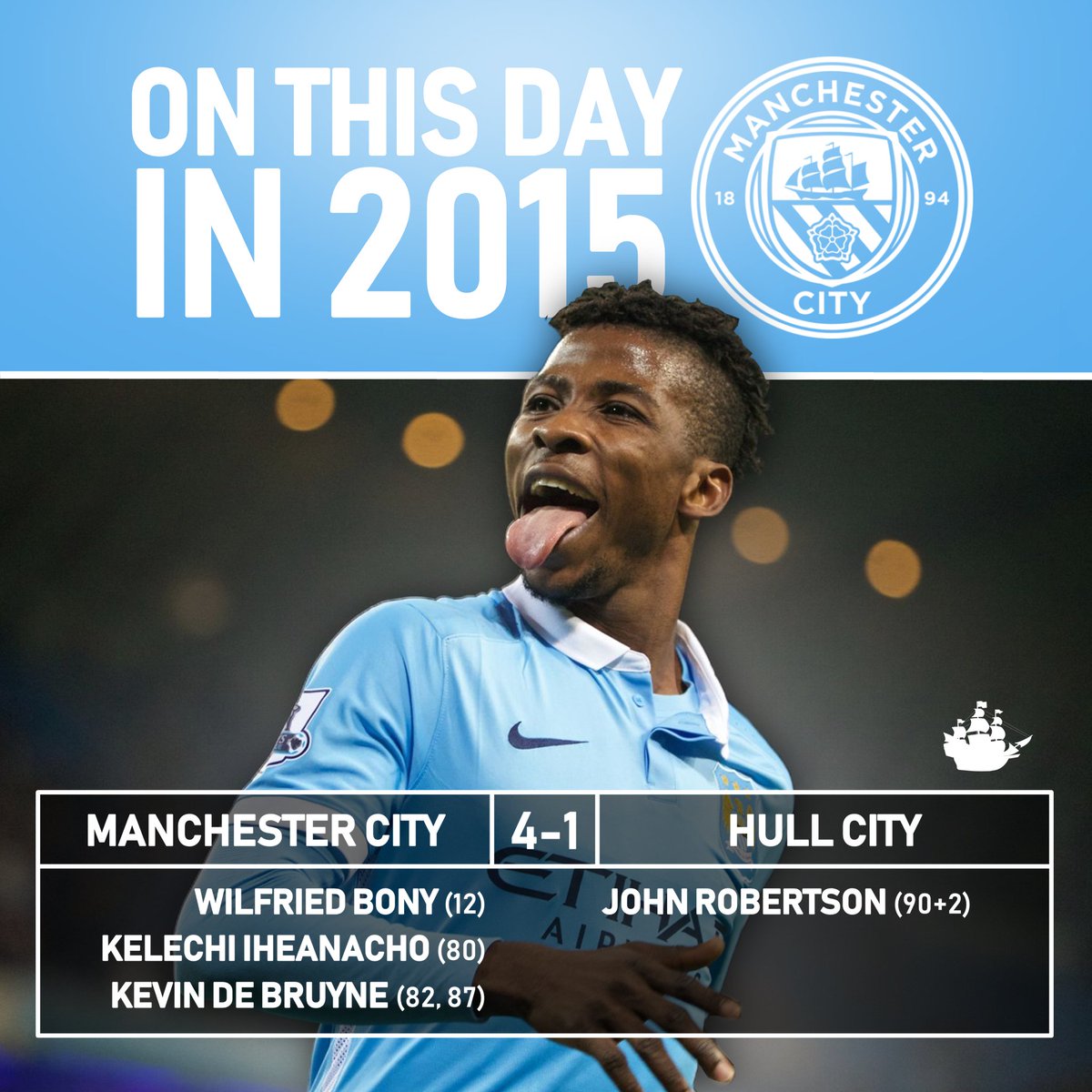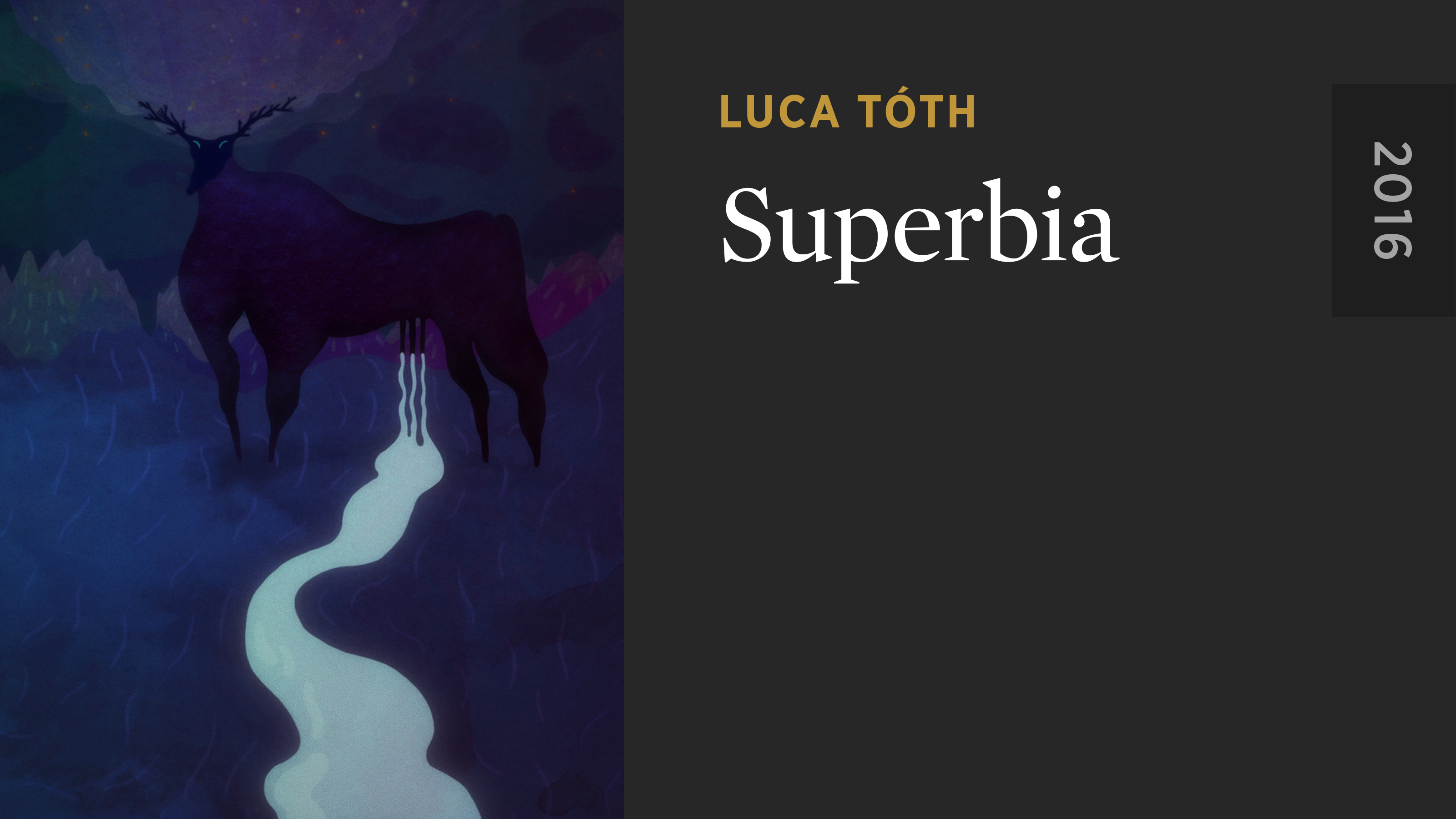


Reading a paragraph of Latin without attention to the word order entails losing access to a whole dimension of meaning, or at best using inferential procedures to guess at what is actually overtly encoded in the syntax. Last but not least is of course the liver bird, synonymous with Liverpool and a symbol of the city, redesigned on several occasions but looking positively awesome in its current badge state.Word order is not a subject anyone reading Latin can afford to ignore: apart from anything else, word order is what gets one from disjoint sentences to coherent text. This is carried across to the badge, which of course also features the club's unforgettable motto "You'll Never Walk Alone," again used by the team since the 1960s, becoming a massive part of football culture since. Up until the 1960s, Liverpool's shorts and socks brought a lot more white into their strip, but it was a decision of Bill Shankly's to incorporate an entirely red look in a bid to look more menacing. Whether it's the two eternal flames on either side of the shield, added as twin symbols of the Hillsborough memorial outside Anfield, or the small tribute to the Shankly Gates that now dress the head of the badge, the Reds' shirt logo is an icon in itself. Not a club to mince their words, there isn't a wasted bit of space to be seen on the club's current crest, each aspect of the design holding some significance of the club's history. In July of this year, the Daily Mail's Joe Bernstein reported that the words "football club" may soon be brought back onto the crest, although no official word has been given on that revival just yet.Īnd coming out on top of the pile is an insignia that brings with it as much historical value as most other European powers is that of Liverpool FC. Several decades ago, two footballs replaced the Lancashire roses that once sat either side of the badge in a case of sport before heritage, while the words "Manchester United" are recognisable enough in the traditional yellow and red. But it has since become something so much more significant, not least of which making the club's crest look edgier than most. The Satanic being was first introduced as a term around the Old Trafford club by Sir Matt Busby. Of course, joining the shield as the main attraction of the crest is perhaps the most revered and respect of all Premier League or even world mascots, the Red Devil. Like bitter rivals City, Manchester United again recognise the trading history of the city with a ship to commemorate the Manchester Ship Canal, which sits atop a shield. Don't they look nice, though?Īlways a sucker for some scripture, we've also given the club bonus points for the Latin motto “Superbia in proelio,” meaning "Pride in battle," seen draped around the bottom of the badge. One particularly strange aspect of City's crest is the addition of three stars above which, despite usually symbolising some sort of club achievement, in this case mean absolutely nothing. The ship is seen on their badge in reference to the Manchester Chip Canal, while the three diagonal stripes below are significant of the city's three rivers. Like other northern teams, the sea is important to City. It might pain some to admit it, but the Abu Dhabi group made a fine choice in terms of marketability when taking over Manchester City in 2008, the Citizens having a very attractive crest to their name.Īlthough it's not a competition (it is), Manuel Pellegrini's side have beaten Crystal Palace in the eagle race, theirs being of the giant golden variety. Red and white is a common blend in the football world, but the generous addition of gold just gives a more luxurious feel to the Northeast outfit's logo. Having shirked the ship that was so prominent on the former badge design, a colliery wheel is evident at the top in tribute to the area's mining history, while two lions, always a solid choice in the mascot world, claw to the crest from either side.ĭressed across the top of the design in Latin, a banner reads " Consectatio Excellentiae," which translates to "In pursuit of excellence." But in the upper left we see the Penshaw Monument, and the lower right section shows the Wearmouth Bridge, two significant areas of interest on Wearside. Like rivals Newcastle, though, the Black Cats haven't done a bad job at all with their badge, unveiled in 1997 to coincide with the opening of the Stadium of Light, a new chapter in the club's tale.ĭivided into four quarters, the club's shield depicts their red and white colours in the upper right and lower left. Sunderland wish that the Premier League's hierarchy was decided on crest design and not actual on-pitch performance, in which case they'd have escaped the relegation zone a long time ago.


 0 kommentar(er)
0 kommentar(er)
